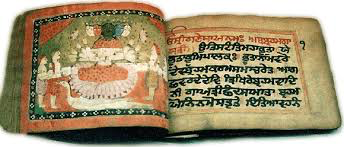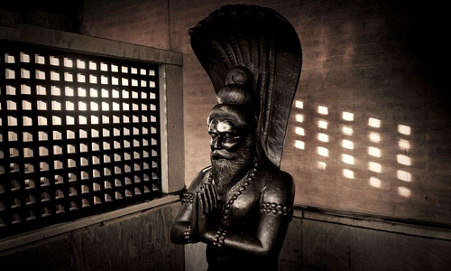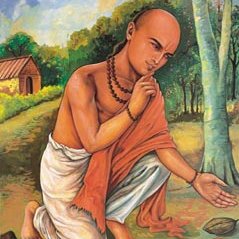
The Sacred Hawan Or Yagna..
What is Hawan or Yagna and why is it performed?
Yagna literally means "worship, sacrifice or offering”. It is a process of invoking a sacred fire with the intention of cleansing one’s material and spiritual body, and the environment.
What is Hawan or Yagna and why is it performed?
Yagna literally means "worship, sacrifice or offering”. It is a process of invoking a sacred fire with the intention of cleansing one’s material and spiritual body, and the environment.

The process of Yagna is described as the most important Karma in the Karmakand of Vēdas
"अयं यज्ञोः विश्वस्य भुवनस्य नाभिः"
In Yajurveda, Hawan is said to be the Naabhi (nucleus) of the entire world. Nabhi has an important place in Human body, so is the role of Yagya in world.
"अयं यज्ञोः विश्वस्य भुवनस्य नाभिः"
In Yajurveda, Hawan is said to be the Naabhi (nucleus) of the entire world. Nabhi has an important place in Human body, so is the role of Yagya in world.
In Yagna’s four types of materials are put in the fire:
1. Scented materials such as Kasturi, Saffron, etc.
2. Sweet materials such as jaggery, Honey, etc.
3. Strengthing materials such as Ghee, Milk, Rice, etc.
4. Health preserving materials such as Herbs.
1. Scented materials such as Kasturi, Saffron, etc.
2. Sweet materials such as jaggery, Honey, etc.
3. Strengthing materials such as Ghee, Milk, Rice, etc.
4. Health preserving materials such as Herbs.
The above-said materials when put in fire become minute & mix with air. This mixture purifies poisonous & dirty gases in air & rainwater.
Ingredients such as sulfur are known to remove harmful bacterias & their inhalation soothes throat & clears the nasal & respiratory passage.
Ingredients such as sulfur are known to remove harmful bacterias & their inhalation soothes throat & clears the nasal & respiratory passage.
Western Scientists too have been doing numerous experiments in the field of air-purification & are trying to understand the impact and the virtues of Yagna.
Few evident benefits of havan or Yagna are:
1. Fire Purifies surrounding air & home
2. Creates a pure, nutritional & medicinal atmosphere
3. Divine Vedic mantras create positive sound energy
4. Herbs used in havan helps in reduction in the bacterias
5. Removal of foul odors
1. Fire Purifies surrounding air & home
2. Creates a pure, nutritional & medicinal atmosphere
3. Divine Vedic mantras create positive sound energy
4. Herbs used in havan helps in reduction in the bacterias
5. Removal of foul odors
Today's world is driven by technology as opposed to the ancient world which relied upon their superhuman intuition
This is the reason that most ancient rituals are now proven to be a boon for humanity & environment
Unfortunately, all these beautiful rituals are getting lost..
This is the reason that most ancient rituals are now proven to be a boon for humanity & environment
Unfortunately, all these beautiful rituals are getting lost..
Thus it is our utmost duty to preserve & pass on these rituals to the new generations & also to explain rationale behind these beautiful nature-worshiping rituals is equally important.
Once a person understands the science & beauty of Sanatan, then there is no going back. 🙏
Once a person understands the science & beauty of Sanatan, then there is no going back. 🙏
• • •
Missing some Tweet in this thread? You can try to
force a refresh








